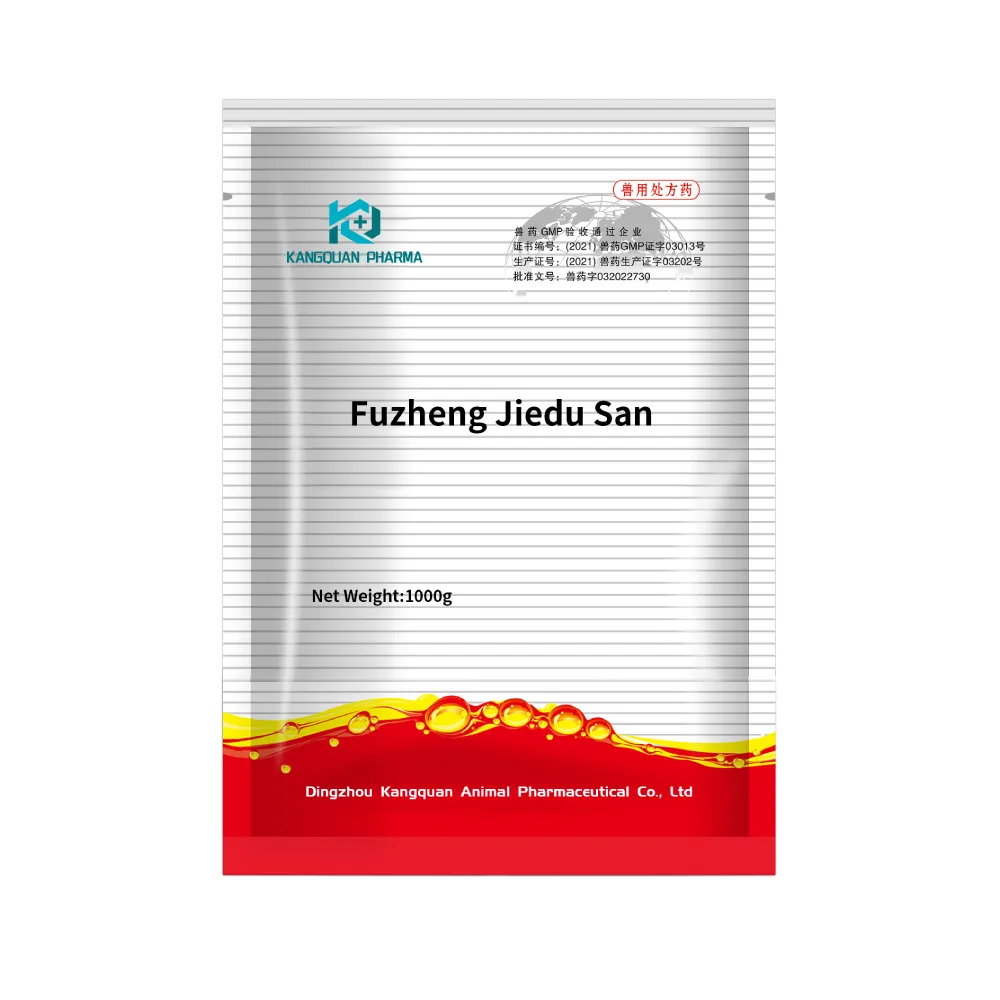- Afrikaans
- Albanian
- Amharic
- Arabic
- Armenian
- Azerbaijani
- Basque
- Belarusian
- Bengali
- Bosnian
- Bulgarian
- Catalan
- Cebuano
- Corsican
- Croatian
- Czech
- Danish
- Dutch
- English
- Esperanto
- Estonian
- Finnish
- French
- Frisian
- Galician
- Georgian
- German
- Greek
- Gujarati
- Haitian Creole
- hausa
- hawaiian
- Hebrew
- Hindi
- Miao
- Hungarian
- Icelandic
- igbo
- Indonesian
- irish
- Italian
- Japanese
- Javanese
- Kannada
- kazakh
- Khmer
- Rwandese
- Korean
- Kurdish
- Kyrgyz
- Lao
- Latin
- Latvian
- Lithuanian
- Luxembourgish
- Macedonian
- Malgashi
- Malay
- Malayalam
- Maltese
- Maori
- Marathi
- Mongolian
- Myanmar
- Nepali
- Norwegian
- Norwegian
- Occitan
- Pashto
- Persian
- Polish
- Portuguese
- Punjabi
- Romanian
- Russian
- Samoan
- Scottish Gaelic
- Serbian
- Sesotho
- Shona
- Sindhi
- Sinhala
- Slovak
- Slovenian
- Somali
- Spanish
- Sundanese
- Swahili
- Swedish
- Tagalog
- Tajik
- Tamil
- Tatar
- Telugu
- Thai
- Turkish
- Turkmen
- Ukrainian
- Urdu
- Uighur
- Uzbek
- Vietnamese
- Welsh
- Bantu
- Yiddish
- Yoruba
- Zulu
Dec . 12, 2024 17:34 Back to list
tylosin tartrate injection formulation
Tylosin Tartrate Injection Formulation An Overview
Tylosin tartrate is a macrolide antibiotic derived from the fermentation of the soil bacterium *Streptomyces fradiae*. It is primarily used in veterinary medicine to treat various bacterial infections in animals, particularly in livestock such as pigs, cattle, and poultry. The formulation of tylosin tartrate for injection is an essential aspect of its application, ensuring efficacy, stability, and safety in therapeutic use.
Composition and Pharmacological Profile
Tylosin tartrate injection typically contains tylosin as the active pharmaceutical ingredient (API) along with inactive ingredients that aid in its formulation. These inactive components may include stabilizers, preservatives, and other excipients that help maintain the integrity and bioavailability of the drug. Tylosin works by inhibiting bacterial protein synthesis, making it effective against gram-positive bacteria, some gram-negative bacteria, and a variety of mycoplasma species. This broad-spectrum activity makes it a valuable therapeutic option for veterinary practitioners.
Formulation Considerations
When formulating tylosin tartrate for injection, several critical factors need to be considered to ensure its effectiveness and safety
1. Solubility Tylosin tartrate is often formulated as a water-soluble salt to facilitate injection. Ensuring proper solubility is key to achieving the desired pharmacokinetic properties, such as rapid absorption into the bloodstream.
2. Stability Tylosin is sensitive to light and heat, which can lead to degradation of the drug. The formulation must therefore include stabilizers and be packaged in a manner that protects it from environmental factors. Additionally, the pH of the solution should be optimized to maintain the stability of the active ingredient.
tylosin tartrate injection formulation

3. Dosage Form Tylosin tartrate injections can be formulated as either single-dose vials or multi-dose containers. Each type comes with its considerations, particularly regarding sterility and the risk of contamination. Multi-dose vials often contain antimicrobial preservatives to minimize the risk of microbial growth after the vial is opened.
4. Safety and Efficacy The injection formulation must be evaluated for both safety and efficacy through established pharmacological studies. This involves assessing the drug's pharmacodynamics, pharmacokinetics, and potential side effects or adverse reactions in target animal species.
Administration and Use in Veterinary Practice
Tylosin tartrate is primarily administered via intramuscular or subcutaneous injection, with specific dosage regimens dependent on the type of animal treated and the indication. For example, in swine, it may be used to treat respiratory infections or to promote growth, while in poultry, it may target respiratory diseases or intestinal infections.
Veterinarians must carefully follow dosage guidelines to minimize the risk of drug resistance, which can occur with the overuse or misuse of antibiotics in livestock. Moreover, adherence to withdrawal times before animals are sent to market is crucial to ensure that residues of the drug are below established safety thresholds.
Conclusion
The formulation of tylosin tartrate injection is an intricate process that requires careful consideration of various factors to ensure its effectiveness and safety in veterinary medicine. With its broad spectrum of activity against various bacterial pathogens, tylosin remains a critical tool in the treatment of animal diseases. As concerns over antibiotic resistance grow, responsible use and continued research into optimized formulations will be vital for maintaining tylosin's efficacy as a therapeutic agent in the veterinary field. The careful development of tylosin tartrate injection formulations plays an essential role in the health and productivity of livestock and, ultimately, the food supply chain.
-
Guide to Oxytetracycline Injection
NewsMar.27,2025
-
Guide to Colistin Sulphate
NewsMar.27,2025
-
Gentamicin Sulfate: Uses, Price, And Key Information
NewsMar.27,2025
-
Enrofloxacin Injection: Uses, Price, And Supplier Information
NewsMar.27,2025
-
Dexamethasone Sodium Phosphate Injection: Uses, Price, And Key Information
NewsMar.27,2025
-
Albendazole Tablet: Uses, Dosage, Cost, And Key Information
NewsMar.27,2025













